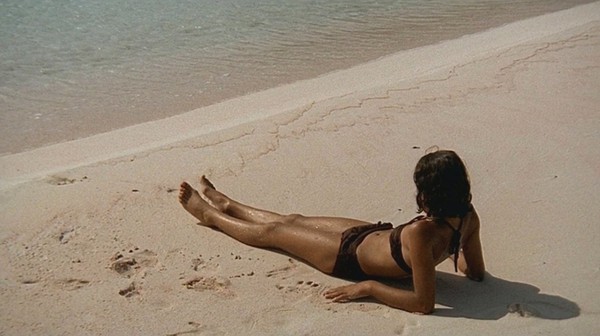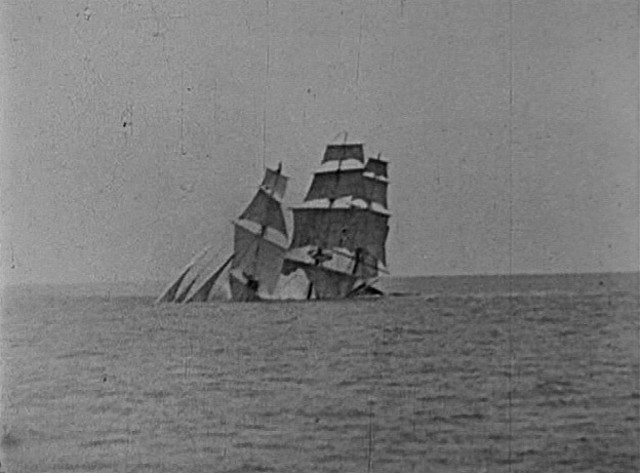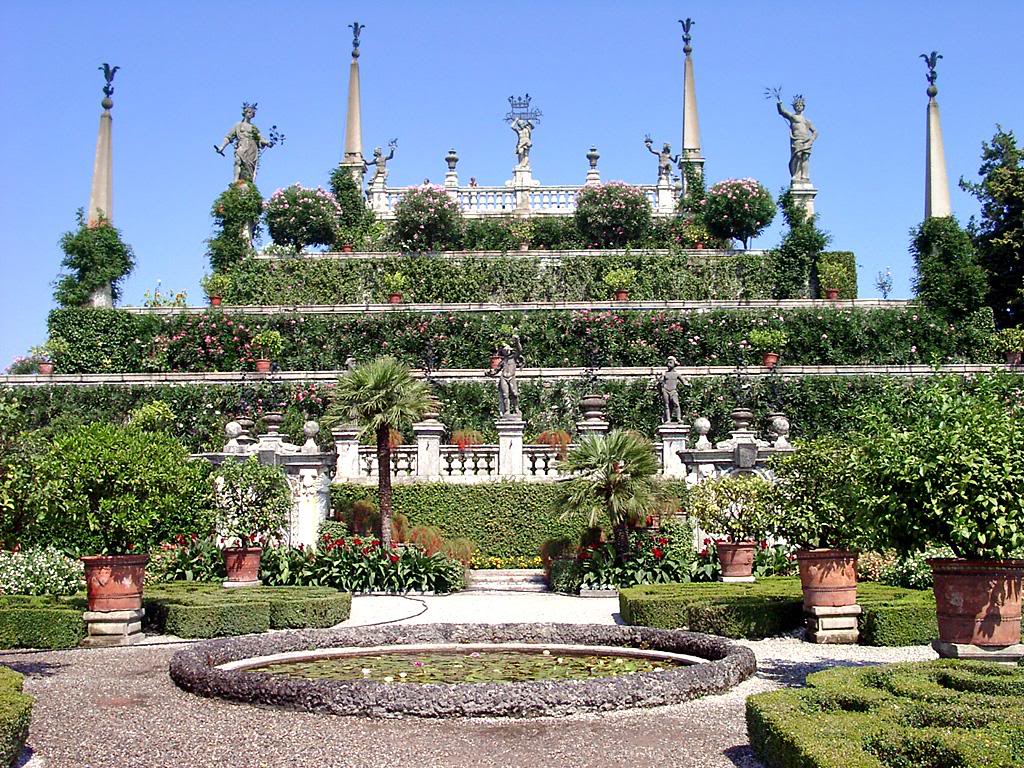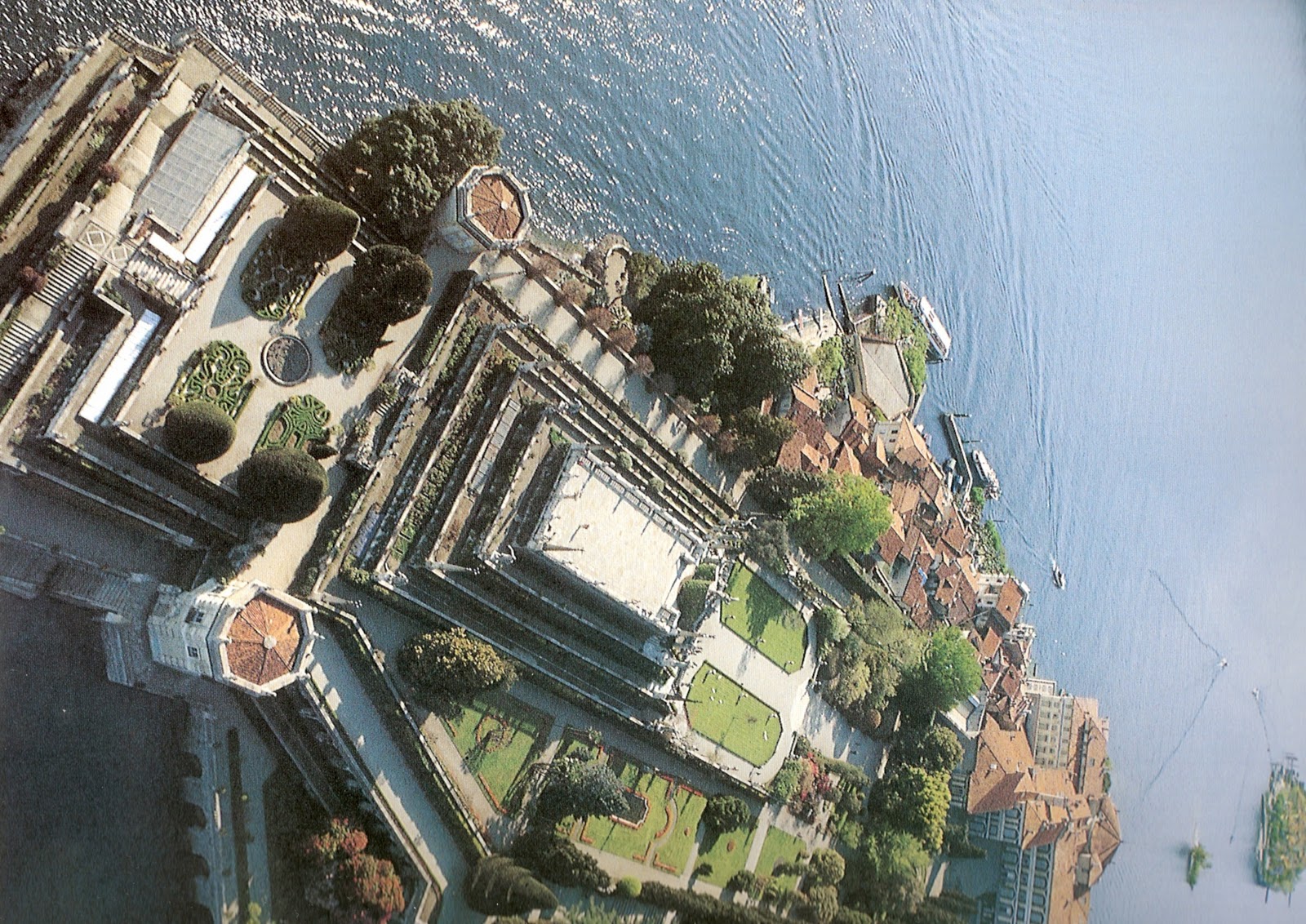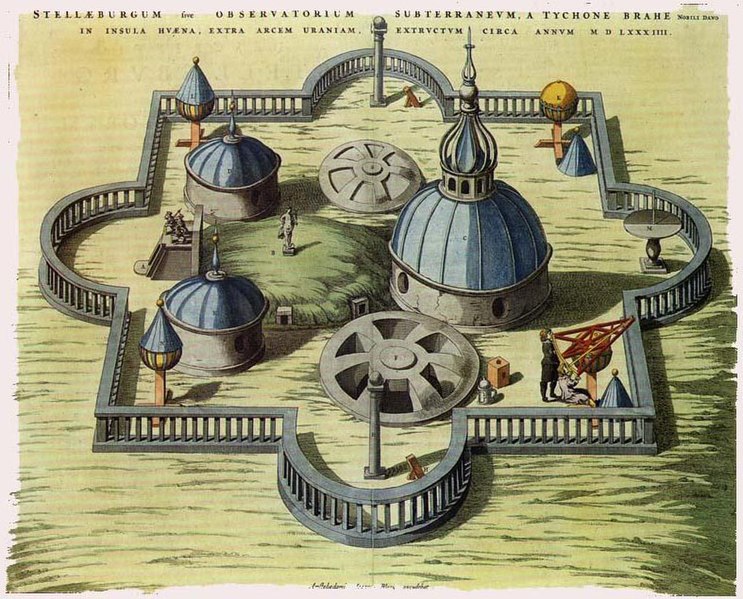Den nakna ön




Hadaka no Shima (The Naked Island), has been one of the highlights of this season's Cinemateket programme so far, and it was spellbinding viewing tonight. I look eagerly forward to the remainder of the Japanese New Wave selection.
Kaneto Shindo's 1964 film centres on the continuous uphill struggles, living in isolation on a small island in the Seito Inland Sea.
Shot in black and white, and almost completely void of dialogue, Shindo uses repeated daily actions to spell out the monotony of hardship - the breaks from the constant work (a family trip to the mainland, local celebrations) stand out in stark contrast as short interludes of spontaneity. Dialogue is not necessary; even if there had been a script, it doesn't feel like family would have anything to say to each other that could be conveyed with language.
Accompanying the daily farming grind is an incredibly moving soundtrack by Hikaru Hayashi, perfectly reflecting and enhancing the back-breaking labour, one repeated motion after another. Tending to their precious crops, staggering up the rocky, precarious slopes of the island laden with full buckets of precious water - there is a certain elegance to the characters movements, as the gingerly place one foot in front of the other, sinewy arms supporting the yokes across their backs and shoulders in a delicate tightrope balancing act.
Films like this continue to fuel my love of, and fascination with, islands.
I am a rock, I am an island
Part of a sculpture - knitted fishing line gathered into a type of bindle, in which lies collected rocks and stones from various Swedish Islands - Gotland, Fårö, Venn; limestone from the quarry on the outskirts of Malmö; coloured pieces of glass that have washed ashore at Matakatia Bay in New Zealand.
This is the first 'bindle' I have made, knitted with the finest fishing line I could find - perhaps it was too fine, I was forced to knit it using wooden kebab skewers instead of knitting needles. The line shimmers and flickers in the early morning sunlight, while it hangs in my bedroom window due to a lack of studio space.
More are being made, and using the thickest fishing line I could find, I will encase a large limestone rock and use it with a pulley system, which reminds me of sailing and boats, to be a counter weight to the smaller, more delicate bindles of stones and pebbles, which will hang in the air and slowly rotate, as hanging things are wont to do.
I vaguely rambled to my friend Claire about it:
Florence:
There are always more things to think about. And one does start to feel like a fisherman repairing his nets in the winter, and it gives you time to think about how the work will look, and how it will function, and what it means. The ideas about it and around grow as the work does.
A trick of the light
Via Junkculture I stumbled upon these remarkable photographs of Antarctic icescapes, by Belgian architect Francois Delfosse, deftly created with simply a plastic bag and some clever lighting. The trick with the scale is beguiling - I originally saw these as a sort of large scale sculptural installation: as if the plastic had frozen and gallery goers were free to traverse it.
And as one commentator noted on Delfosse's flickr, it is reminiscent of the crevasse Tintin falls into in 'Tintin in Tibet' - the bowels of the icy abyss illustrated by Hergé in blues, greys, purples and blacks.
On his website a series of postcards are available, including the series of Antarctic 'scapes, and a particularly wonderful image of the Bermuda Islands, as a quavering mirage. I especially like the way the dark, faceted and enclosed plastic bag Antarctica series feel when juxtaposed against the flat, one-hued and sparse open water surrounding the scarcely visible islands. I also have no idea of its 'authenticity', and I think I prefer to keep it that way.
I am always interested in people who appear to share interests of my own, ongoing projects which have been on a bit of a back burner of late involve both icy landscapes and mirages, in however a non-photographic capacity. I also seem to have compiled a large amount of primarily blue postcards, in particular from New Zealand, which I am wanting to do something with, but may also have to add these three images to the growing pile.
A blue island in a red desert
"Once there was a girl on an island. She was bored with grown ups, who scared her. She didn't like boys, all pretending to be grown ups. So, she was always alone. Among the cormorants, the seagulls, and wild rabbits. She had found a little isolated beach where the sea was transparent and the sand pink. She loved that spot. Nature's colours were so lovely and there was no sound. She left when the sun went down.
One morning, a boat appeared. Not one of the usual boats, a real sailing ship, one of those that braved the seas and the storms of this world. And, who knows... of other worlds. From afar, it looked splendid. As it approached, it became mysterious. She saw no one aboard. It stopped a while, then veered and sailed away. She was used to peoples' strange ways and was not surprised. But no sooner back on shore ... there! (sound of singing). All right for one mystery, but not two!
- who was singing?
The beach was deserted. But the voice was there, now near, now far. Then it seemed to come from the sea, an inlet among the rocks, many rocks that she had never realised looked like flesh. And the voice at that point was so sweet."
- who was singing?
"Everybody. Everything."
Story from Michelangelo Antonioni's sumptuous 1964 colour film 'Il Deserto Rosso'.
I wrote this passage down in my journal after watching Il Deserto Rosso last year, the use of the vignette in the narrative, it's contents, imagery and tone all reflected similar thoughts I had about a series I am working on at present. I enjoy taking the time to take down something in my own hand, to go back and reread.
Also, I think the people's handwriting will be completely illegible in twenty years.
A lighthouse on a grey day

It was the only day which was overcast that we cycled out to Fårö's lighthouse. The road winds through a rather dense forest of tall pines, creating a closeness with the tall trees and the low sky, I think I forgot at some points that I was on my way to see a building which beckons travellers from the vast expanses of the open sea.
At Sea
Clinton Watkins
Cont Ship #1
2005
Joseph Cornell
Jack's Dream
c. late 1930's

The abandoned Teignmouth Electron is discovered: Donald Crowhurst's trimaran in which he attempted the Golden Globe Race, that would result in his eventual insanity and suicide.
via, via, via
The image from Jack's Dream by Joseph Cornell comes from a fascinating blog by the name of the art of memory, in particular a collection of atmospheric imagery of the ocean, film stills featuring the sea, illustrations of ships, fog lights and horns, misty rigging and alongside paintings and photographic works of waves. I stumbled across it looking for film stills from L'avventura (Antonioni, 1960).
My interest in islands and the sea grows continuously. Ships are, in a way, similar to moving islands. So much mystery surrounds both, and both can maintain an almost continuous isolation as long as one is deprived of the other.
Fantasy Island (part I)
Multiple views of Isola Bella, a fantasy island full of intricate Italianate gardens, laconic leucistic peacocks and housing the Palazzo Borromeo. Grandiose isolation, as all isolation should be.
The 1986 travel photo of well-dressed pensive-looking man in front of Isola Bella could easily be mistaken for being 25 years later, I'm sure. Sometimes attire is not indicative of a time period at all.
A spanner in the works
The door to my mind / forlorn fishing nets / dual 'Persona' /Naval Star gazing
It feels like lately I have been swamped by a deluge of swedish vocabulary, verb tenses and other such thrilling components which make up the untamable beast known as svenska. It is not as bad as it sounds, in fact, I thoroughly enjoy learning languages; nothing is so satisfying as drunkenly rambling in another language and people being able to understand you, as my friends and I discovered on saturday night. While my previous party trick may have been exclaiming 'How did I get so drunk?' in swedish, I am now able to give a detailed description of this inevitable demise.
Last night I prepared for my final swedish test by watching Ingmar Bergman's Smultronstället (Wild Strawberries) without subtitles. Judging by todays effort in my listening comprehension, it was perhaps not the most suitable method of practice, but in any respects the most engrossing. I am satisfied by the fact that I understood enough to figure out the plot lines.
The above film still is not from Smultronstället but another Bergman film, Persona, featuring the same actresses, Bibi Andersson and Ingrid Thulin. I have always liked the director who has a stable of trusted actors whose names become synonymous with the directors own.
I am also now completely intrigued by star charts, islands and fishing nets, to add to the ever growing list of 'things that inspire me that I really should do something about'. These include birds, faux bois, whittling, and such like. A collection of "things" laid out like in the positions of stars / faux bois embroidered stockings / balancing bird Alexander Calder-esque mobiles / whittled bath feet / tunnels of fishing net / on an island?
It all makes me feel rather intrepid. I definitely have more exploring to do in the coming warmer climes.
Spend my winter thinking, and my summer doing.
The mind boggles.
Star Castle
Postcards
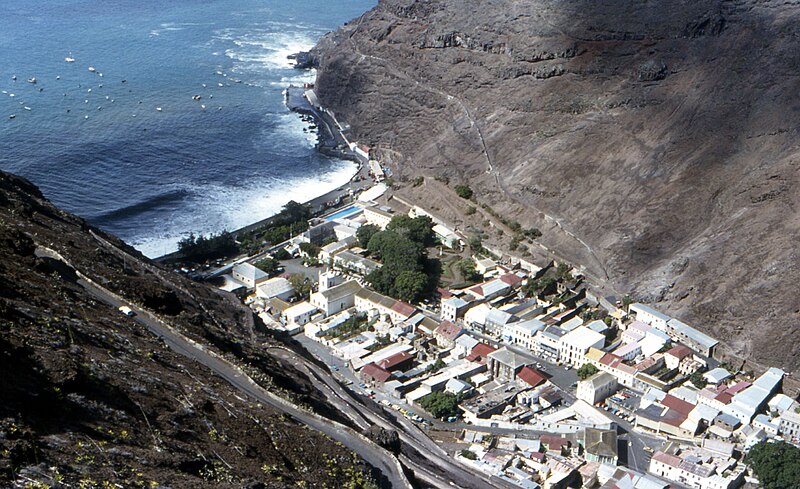




photos all from wikipedia
Jamestown, Saint Helena / postage stamp from the South Georgia and The South Sandwich Islands / Naadam ceremony, Mongolia / the world's largest wine cellars in Moldova / Manx Loaghtan Sheep from the Isle of Man.
sometimes it is nice to read about places you are most likely never going to visit, I am especially fascinated by islands, and places only accessible by boat. postcards are the one thing i forget to send people when I visit different cities.











































